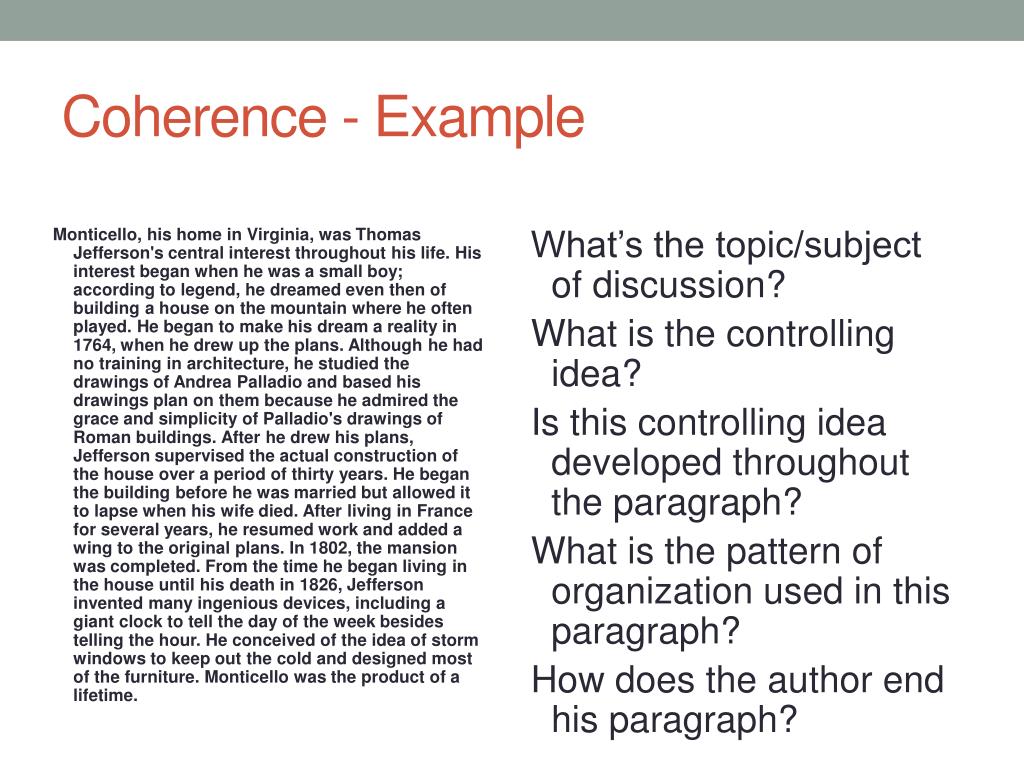

Cognitive dissonance may be considered, therefore, as a way of referring to incoherence. Strictly speaking, the central elements of dissonance construct are a state of discomfort emerging from inconsistency and its motivational effect, which promotes the search for coherence. His principal focus of interest is the motivational effect of dissonance, but not dissonance itself. When there is no misfit between cognitive elements, a state of consonance ensues, something that seems to lack interest in the comprehension and dynamics of dissonance. These statements allow us to lay down the significance and scope that Festinger attributes to his construct of dissonance. Cognitive dissonance is an antecedent condition that leads to activity toward dissonance reduction” (Festinger, 1957: p. Main Frame in Cognitive Dissonance Theoryįestinger views dissonance as “ two cognitions inconsistent with each other … Cognitions refer to knowledge, opinions, and beliefs about oneself and one’s environment. Coherence may be a relevant psychological construct that compliments and expands cognitive theorizing.Ģ. The current paper argues, agreeing with this point of view, that coherence may be seen as a concept related to cognitive dissonance theory (CDT), although not considered and explained in that theoretical context. One common criticism of organizational behavior studies is the proliferation of constructs, theories, and models that remain disconnected from one another, mainly missing the development of central unifying theories that allow for a better understanding of human behavior at work (Kim, Ployhart, & Gibson, 2018). Many facts and effects are needing this type of concept for better understanding, explanation, and decision making. For instance, coherence has been found related to several criteria of success in organizations such as between technology and objectives (Crettenand, Laperrousa, Finger, & Duthaler, 2010), between strategy and structure (Garcia & Ruiz, 2007) or between abilities and market strategy (Leindwan & Mainardi, 2010). In an applied perspective, coherence is a necessary concept in management, organizational design, organizational change, policymaking, and even leadership and human resources. Organizational studies based on different conceptual perspectives also use the term coherence with a weak agreement in its meaning (Garcia & Ruiz, 2007 Ramos & Jordao, 2013 Heggena & Terumb, 2013). Everyone uses it without a theoretical background providing meaning and scope. Different researchers in psychology support some theoretical explanations appealing to concepts of incoherence, discrepancy, inconsistency, or dissonance (Swann, 1983 Higgins, 1987 Swann, Griffin, Predmore, & Gaines, 1987 Higgins 1987). There is an evidently scarce consensus about its meaning. Several implications are outlined for theory development and useful applications in management and organizational design and change.Ĭoherence deserves consideration in psychology because a formal conceptualization and theorizing are lacking, even though several authors refer to it as part of their reasoning or explanations. After putting forward a formal definition of Coherence Judgment, the author argues whether coherence is a feature of reality, as some authors propose, or mainly a cognitive process, and also whether psychology needs a coherence Judgment concept. On the other hand, incoherence may trigger dissonance, which in turn motivates the search for coherence.

Coherence judgment, as a particular cognitive process, allows the subject to decide about the way to reduce or remove dissonance, and then to verify the effect achieved. The author argues that cognitive dissonance motivates the search for coherence, as a means to get rid of dissonance. After examining the meaning of coherence in several disciplines in psychology, this writing introduces the concept of Coherence Judgment. This paper argues that coherence is something about which cognitive dissonance theory is concerned but not explored.


 0 kommentar(er)
0 kommentar(er)
